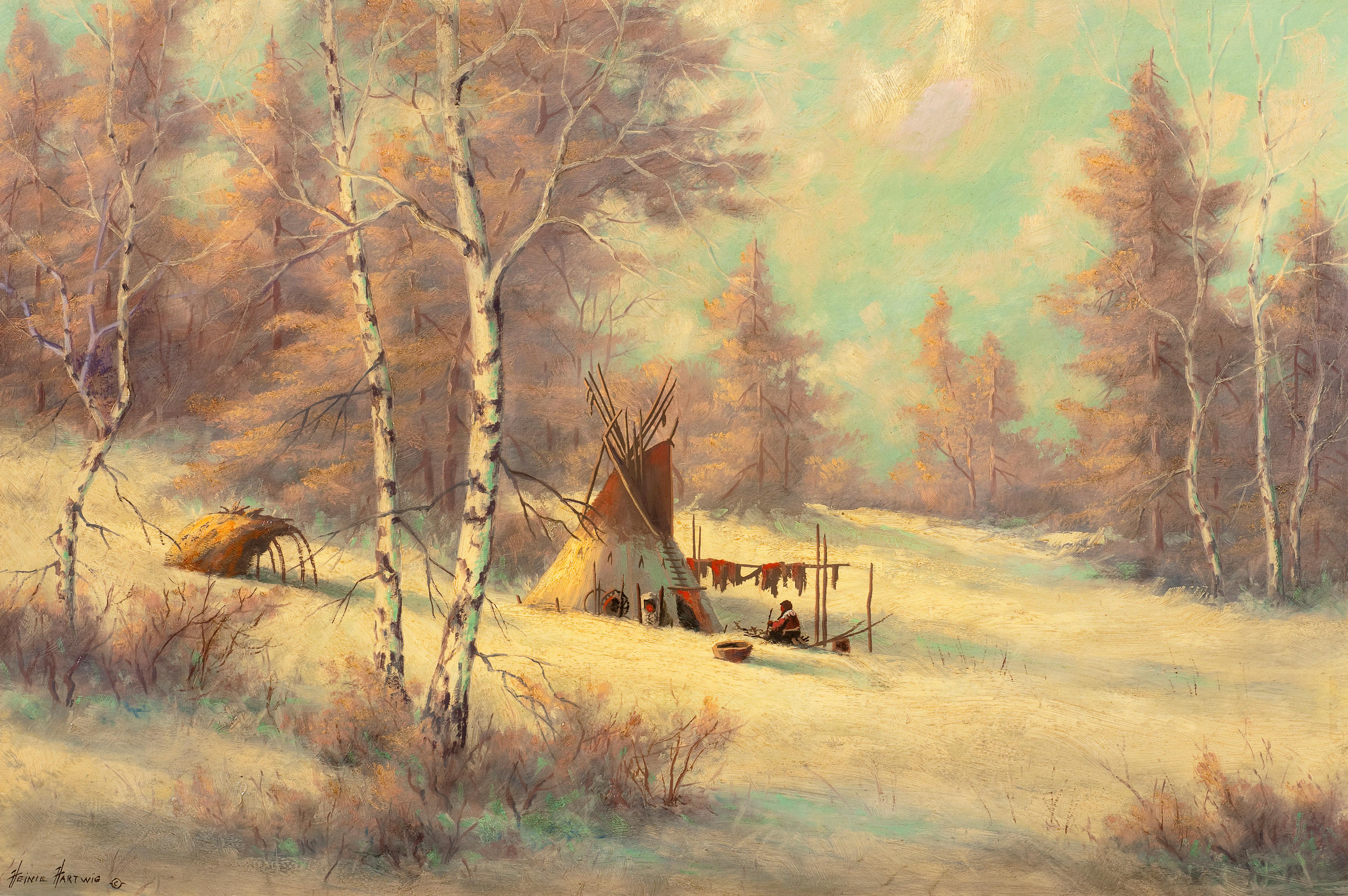
3 minute read
Heinie Hartwig
1939 - 0000
Heinie Hartwig grew up in the Santa Clara Valley of California. He didn’t read until he was 11 years old and credits some of his creativity to the fact that he is dyslexic and therefore had to find other ways to solve problems. While in school, Heinie worked in the orchards of the Santa Clara Valley. As a child Hartwig says that he was crazy for airplanes, and indeed later in life he did become a glider pilot.
Following high school, Hartwig worked for his father in construction for two years. While working in construction, Hartwig tried his hand at drawing cartoons, but because printed cartoons were syndicated and tightly controlled by the newspapers and magazines, he had no success as an independent.
While Hartwig was not what one would call a good student, he was a very dedicated endurance athlete. When he was 20 years old, Hartwig left construction work and enlisted for a three-year tour of duty in the Army, because the Army promised him special training for the Olympic games. Hartwig was stationed in Germany, and while there he did paint some reenlistment posters used on base, but the promised Olympic training never materialized. Nevertheless, he still kept in shape as a runner. When two lieutenants challenged him to a one-mile race, in uniform and wearing combat boots, Hartwig gave them a 220-yard head start and still managed to pass one at the half mile mark and the other with 150 yards to go. When he was discharged and returned home to California, Hartwig became a marathoner, eventually winning the Northern California marathon title in 1964. Hartwig has logged an impressive 56,000 miles as a runner and another 235,000 miles as bicyclist. Hartwig returned to construction work as a concrete mason for the decade following his enlistment in the Army, but he eventually became disenchanted with union work in his early thirties because the union put limits on his daily output, which he felt was wrong. Looking for other work, he happened to walk by an art gallery in San Jose and was impressed by the prices he saw. For the next years he practiced painting, and by year end he quit his construction job and began painting full-time.
Given his high energy and drive to make a living, Hartwig analyzed the market and determined that the opportunity lie in the market for decorative paintings. In the beginning he painted one painting a day, but by year-end he was painting one painting an hour. He sold his decorative paintings by the square inch and because he considered them decorative rather than fine art, he signed them with only his first name. He says he produced about 8,000 paintings for the decorative market. When the price for decorative paintings declined due to the influx of paintings from Asia, Hartwig recognized the opportunity was then in fine art, so he began to study the work of fine artists. He was particularly drawn to the romantic composition, mood, and color palate of 19th-century Hudson River School artists like Albert Bierstadt and Thomas Moran, and he invested a great deal of time experimenting in an effort to learn their techniques. “Most of the artists fail because they don’t put mood into their work,” says Hartwig.
As a fine artist, Hartwig has been both prolific and successful. His preferred medium is oil on Masonite, and he is best known for his paintings of Western landscapes and Indian encampments with teepees. In addition to painting, Hartwig enjoys teaching private art classes.
THE COLD WINTER Oil on Masonite 20 x 30 inches










